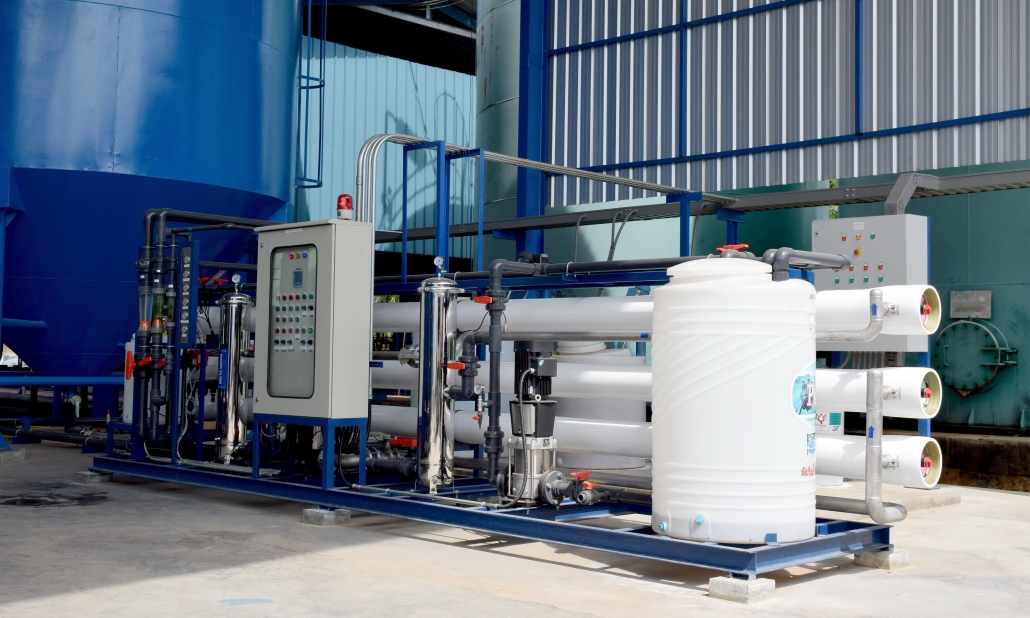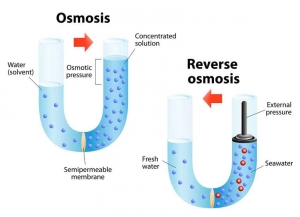REVERSE OSMOSIS – RO PLANTS
Reverse Osmosis Plant
A Reverse Osmosis – RO Plants is an assembling plant where the interaction of opposite assimilation happens. Reverse osmosis – RO Plant is a typical cycle to clean or desalinate polluted water by driving water through a layer. Water delivered is used for an assortment of purposes, including desalination, wastewater treatment, the convergence of pollutants, and the recovery of broken down minerals.
Reverse osmosis operates by utilizing advanced filtration technology which removes dissolved ions from water. Osmosis is an elemental force that draws water to water with higher salt content. This is a process by which dissolved ions are removed from water. This elemental force can be surmounted by applied pressure with the usage of pumps and semi-permeable membranes, which forces water through the membrane and filters out dissolved salt from the water.
At Water Remedy we design the best RO plants in the market and provide satisfactory water solutions. Water Remedy has worked on more than 100 reverse osmosis plants. Get your quote now.
Reverse osmosis plant
WHAT IS REVERSE OSMOSIS?
Reverse osmosis is a method used to separate a high percentage of pollutants from water by forcing it through a semi-permeable membrane.
“Reverse Osmosis works by filtering unwanted pollutants such as bacteria, viruses and other microbiological organisms from water by pressuring the treated water which forces water substances through a semipermeable membrane. Throughout the process, the pollutants are separated from the water and flushed out, which produces ultra pure water.” find reference here
RO water treatment Plant Process
Reverse osmosis RO water treatment plant process is that allows the removal of unwanted particles (salts) from a solution. Reverse Osmosis water treatment plant is also used to treatment of water like removal of hardness, microorganism, salts and impurities in order to improve the color, odour, taste or properties of the fluid.
“Cross flow” is the advanced Reverse Osmosis RO water treatments Technology that allows a partially semi permeable Reverse osmosis RO membrane to clean itself continually. As some of the fluid passes through the membrane, the rest continues downstream, sweeping the rejected species away from it. Reverse Osmosis water treatment plant process requires a HPP (high pressure pump) to push the fluid through the membrane like high pressure and large driving force. For Brackish water approximately 10 to 20 bar applying as a osmotic pressure in solution to separate salt water as rejection and good water as product.
As concentration of the salts (fluid) being rejected increases, so does the driving osmotic force. Reverse Osmosis water treatment system is used to reject, sugar, bacteria, salts, proteins, particles, dyes, and other constituents. Separation of ions with reverse osmosis water treatment filtration is aided by charged particles. This means that dissolved ions that carry a charge, such as salts, are more likely to be rejected by the membrane . The larger the charge and the particle, the more likely it will be rejected. See reference here


